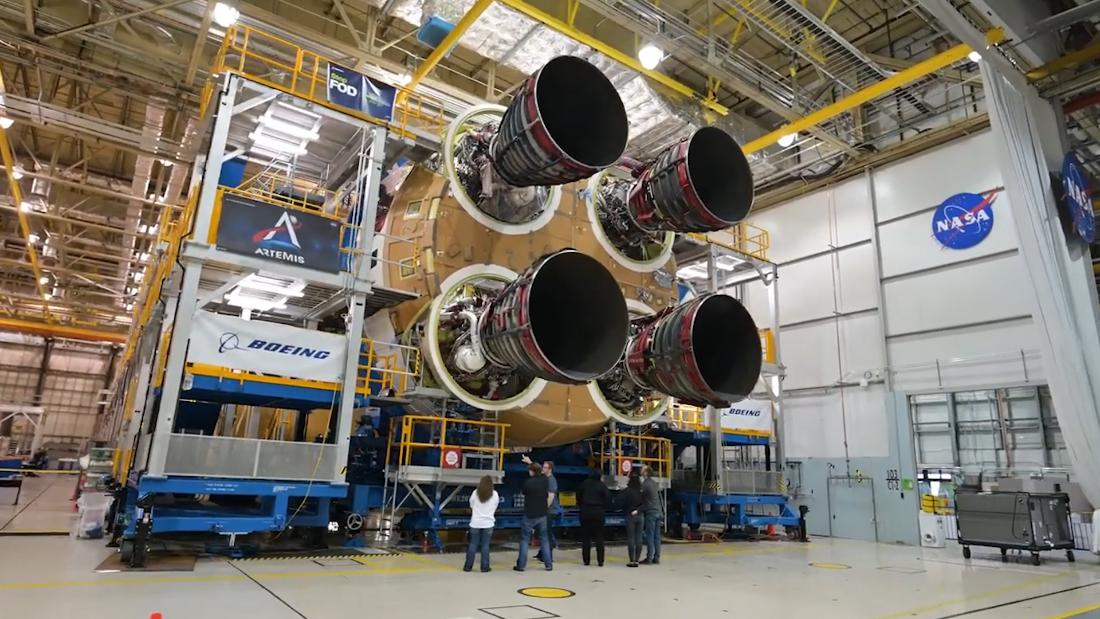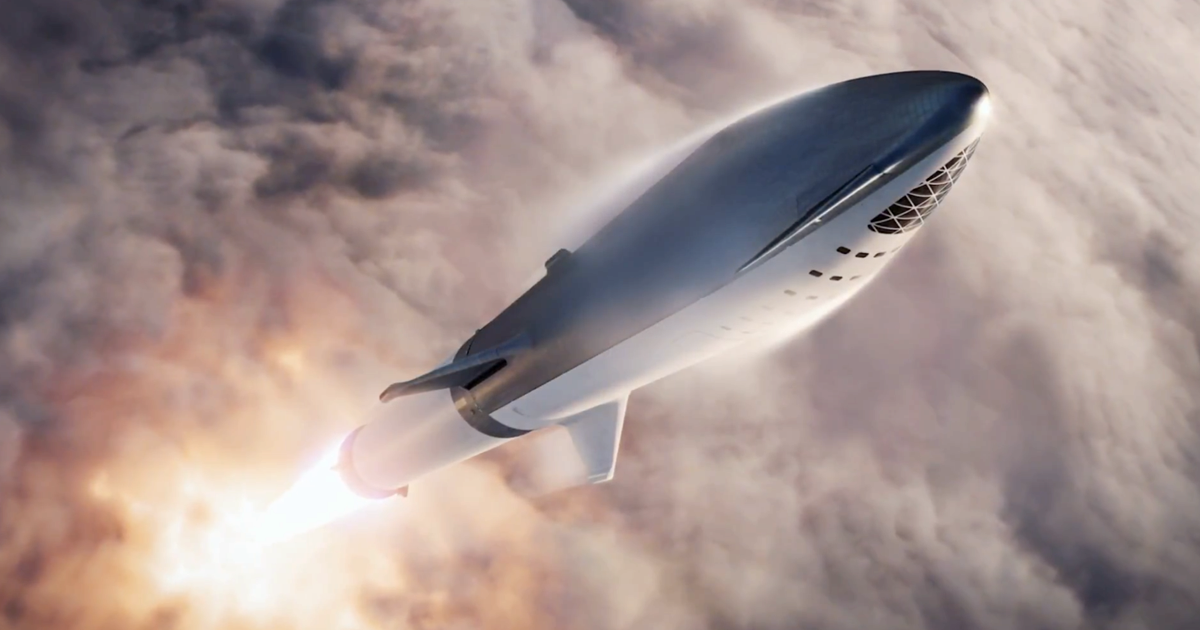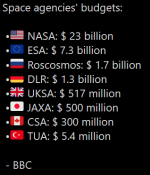That would be in 8 years.I can’t believe that we are actually and seriously thinking of being in a position to send a rocket to the moon in about 2 and a half years from now.
How fast do our current rockets travel? To be able to establish orbit you need a speed of 27000km per hour. Then you need to achieve 40000+ km per hour to overcome earths pull.
Nasa says it costs them 1.6 billion dollars to send a rocket to the moon.
We have to develop a viable rocket yet. So god knows how much it is going to cost. We could have 4 or even 6 more I class frigates for that money, instead of a 1.6 + (more like 2.6+) billion dollar rocket that is going to smash on to the surface of the moon.
This sounds like a pipe dream to me. There are other priorities before wasting money on moon rockets.
I am all for developing technology and rockets to establish satellites in orbit. This will give us confidence and more flexibility with our ballistic missile program which is important and vital for our anti missile missile program. But not moon rockets! At least not yet!

NASA says moon rocket could cost as much as $1.6 billion per launch
After nearly a decade of funneling money into a project to build a gargantuan rocket that NASA hopes will return astronauts to the moon, the launch vehicle is finally assembled and ready for testing.edition.cnn.com
In 2-3 years a hard landing launch from a foreign launcher possibly SpaceX.
















